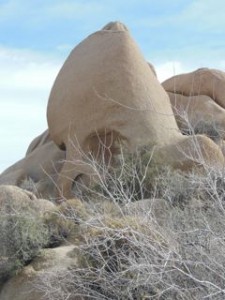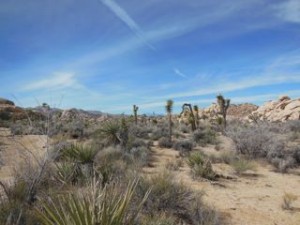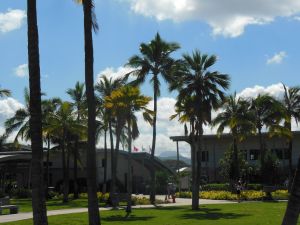
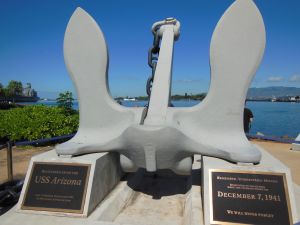 As today marks the 73rd anniversary of the bombings at Pearl Harbor that catalyzed U.S. entry into WWII, I thought it was a good time to go back into the passport archives for a post. Last year, I was lucky enough to attend a conference in Honolulu (thanks to 100 years of the American Association of Immunologists!), and I had a few hours the morning after the conference to make a trip out to the Pearl Harbor Visitor’s Center. Pearl Harbor, just outside Honolulu on the island of Oahu, is still an active U.S. Naval Station and is headquarters to the National Park Service’s WWII Valor in the Pacific National Monument (other sites are located in AK and CA).
As today marks the 73rd anniversary of the bombings at Pearl Harbor that catalyzed U.S. entry into WWII, I thought it was a good time to go back into the passport archives for a post. Last year, I was lucky enough to attend a conference in Honolulu (thanks to 100 years of the American Association of Immunologists!), and I had a few hours the morning after the conference to make a trip out to the Pearl Harbor Visitor’s Center. Pearl Harbor, just outside Honolulu on the island of Oahu, is still an active U.S. Naval Station and is headquarters to the National Park Service’s WWII Valor in the Pacific National Monument (other sites are located in AK and CA).
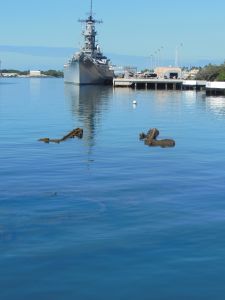 The Visitor’s Center has a museum and is the base for the U.S.S. Arizona, Utah, and Oklahoma memorials, honoring those ships and the people who perished in the attacks. The museum gives the details of the events of Dec. 7, 1941, including the military details of the attack and the day as it played out for the people of Pearl Harbor. There are some interesting artifacts, including a marked up draft copy of FDR’s famous “a date that will live in infamy” speech. The exhibits definitely freshened my memory from that report I wrote in 3rd grade…
The Visitor’s Center has a museum and is the base for the U.S.S. Arizona, Utah, and Oklahoma memorials, honoring those ships and the people who perished in the attacks. The museum gives the details of the events of Dec. 7, 1941, including the military details of the attack and the day as it played out for the people of Pearl Harbor. There are some interesting artifacts, including a marked up draft copy of FDR’s famous “a date that will live in infamy” speech. The exhibits definitely freshened my memory from that report I wrote in 3rd grade…
The U.S.S. Arizona memorial is the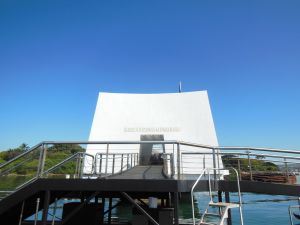 “centerpiece” of the monument. The memorial is only accessible by boat with a ticket from the Visitor’s Center. The short boat ride across the harbor is preceded by a film, and then visitors are given time for observation at the memorial, which is built immediately over the ship. Almost 1800 men were lost when the ship sunk and are still entombed there. The names of all those lost in the Arizona are engraved onto a wall at the far end of the memorial.
“centerpiece” of the monument. The memorial is only accessible by boat with a ticket from the Visitor’s Center. The short boat ride across the harbor is preceded by a film, and then visitors are given time for observation at the memorial, which is built immediately over the ship. Almost 1800 men were lost when the ship sunk and are still entombed there. The names of all those lost in the Arizona are engraved onto a wall at the far end of the memorial. 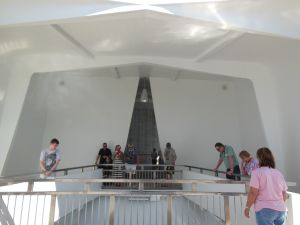 Interestingly, a side panel also lists the names of U.S.S. Arizona survivors who later requested to be interred there. From the observation deck, you can see fish darting in and out of the corroded metal of the Arizona and oil slicks that to this day still rise to the surface.
Interestingly, a side panel also lists the names of U.S.S. Arizona survivors who later requested to be interred there. From the observation deck, you can see fish darting in and out of the corroded metal of the Arizona and oil slicks that to this day still rise to the surface.
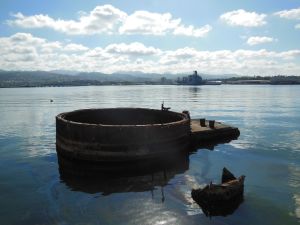 In addition to the U.S.S. Arizona memorial, there is a small, separately managed naval museum including a small sub available for tour at the site of the visitor’s center. I believe a shuttle will also take you over the U.S.S. Oklahoma Memorial, but the Utah is not open to the public as it is on the active military base.
In addition to the U.S.S. Arizona memorial, there is a small, separately managed naval museum including a small sub available for tour at the site of the visitor’s center. I believe a shuttle will also take you over the U.S.S. Oklahoma Memorial, but the Utah is not open to the public as it is on the active military base.
Helpful hints for visiting Pearl Harbor: 1) You can make reservations in advance for the U.S.S. Arizona memorial on www.recreation.gov, but they also hold back a number of tickets for same-day onsite bookings. As I discovered, some tickets are also reserved in advance by tour companies, and you can request these through your Waikiki-area hotel. While not the cheapest option, this is a good way to go if you also need transportation to the site. 2) No bags of any kind are allowed past the front gate of the Visitor’s Center complex – while lockers/bag check are available nearby for a small fee, best to plan ahead and not bring more than you can stuff in your pockets (and care to take out to go through the security check).
State Park Bonus Feature: While most of the rest of my trip to Hawaii was taken up by the conference (the downside of visiting for work), I also got a little bit of hiking in by taking a quick outing to visit Diamond Head State Monument, easily accessible from Waikiki by public bus. The park offers a short (but steep!) hike to the rim starting from the inside of the crater, so you don’t have to climb the entire vertical distance you can see from the beach. There are interpretative signs telling the geological and military history of the crater, and the peak offers phenomenal views.
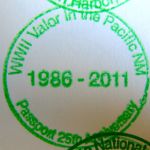
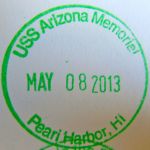
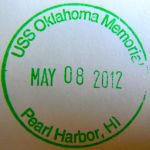
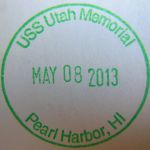
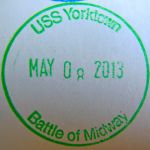
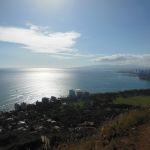
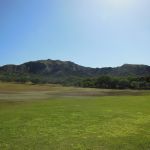
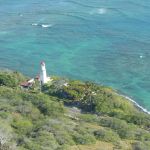
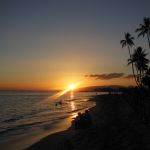
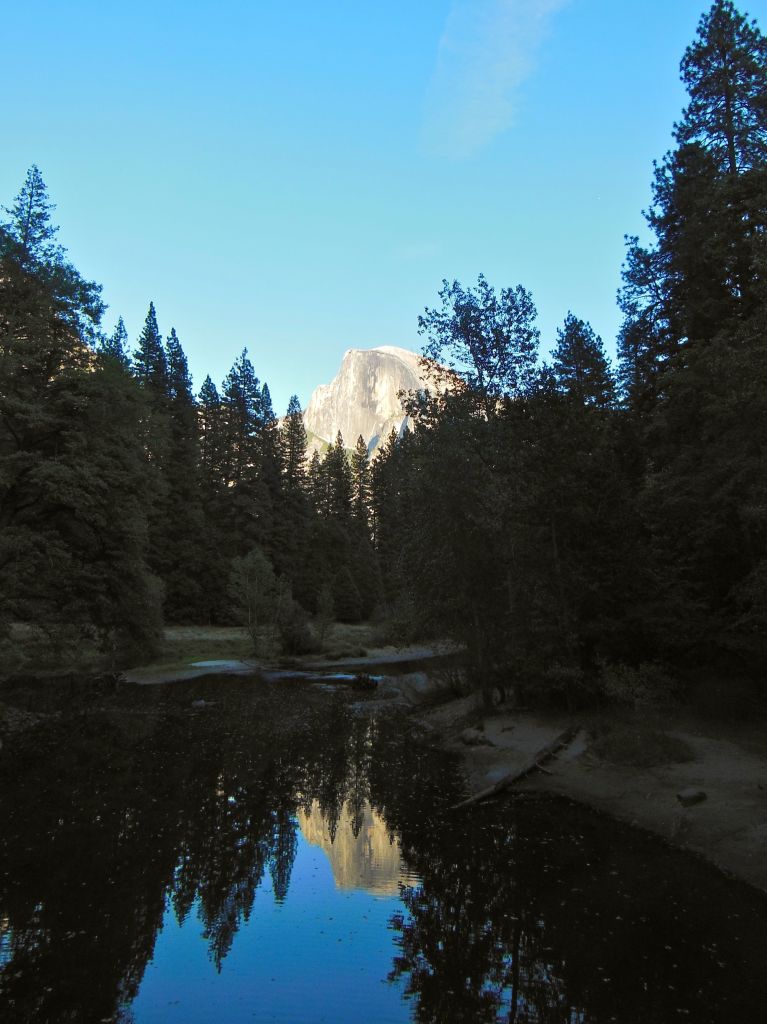
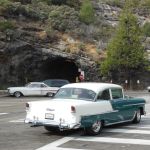
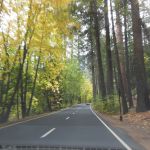
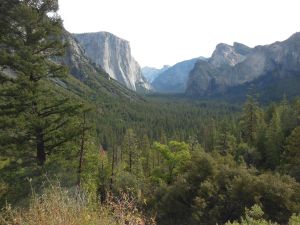
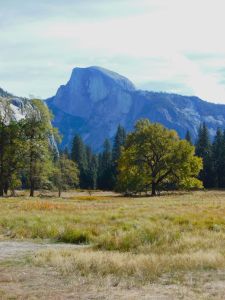
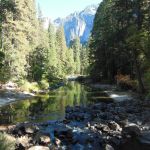
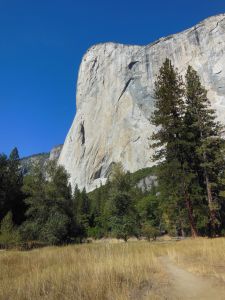
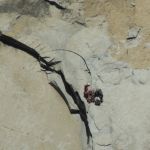
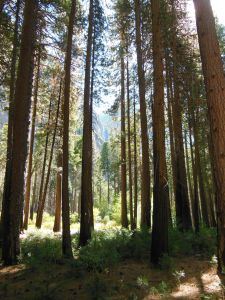
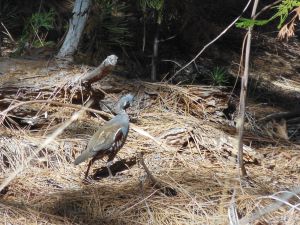
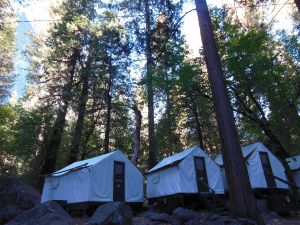
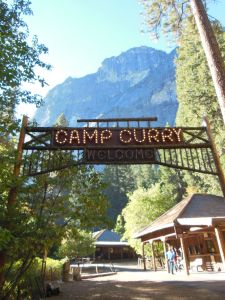
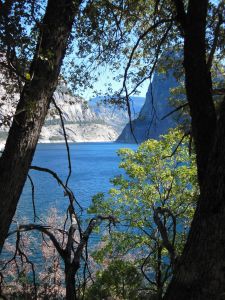
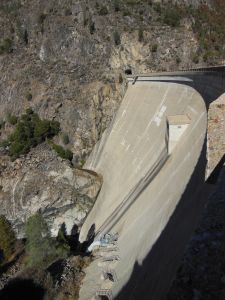
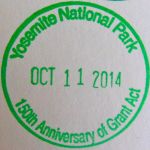
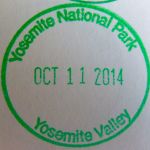
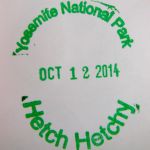


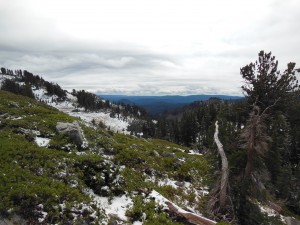
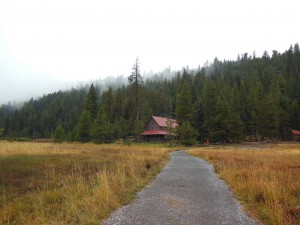
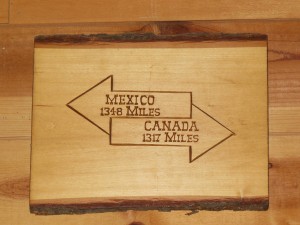 inclined to
inclined to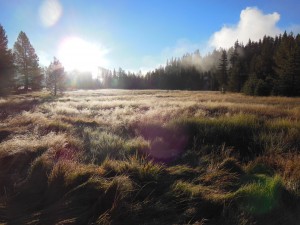 take that trip on!
take that trip on!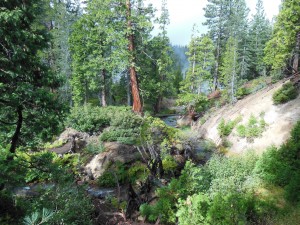
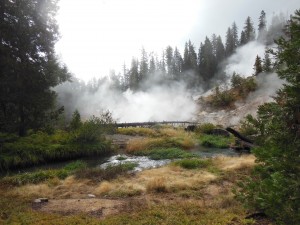
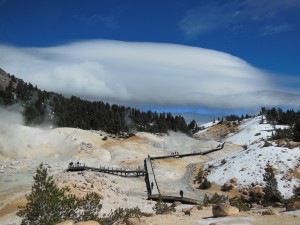
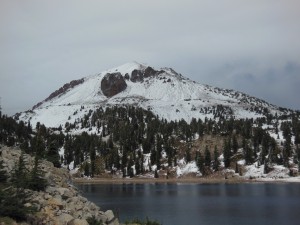

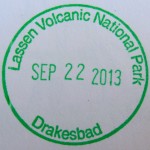
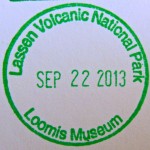
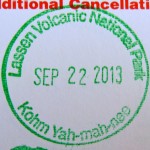
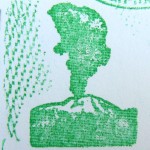
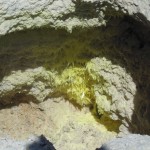
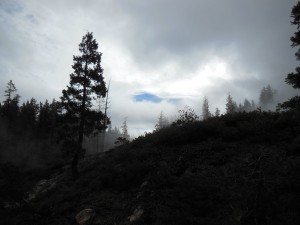
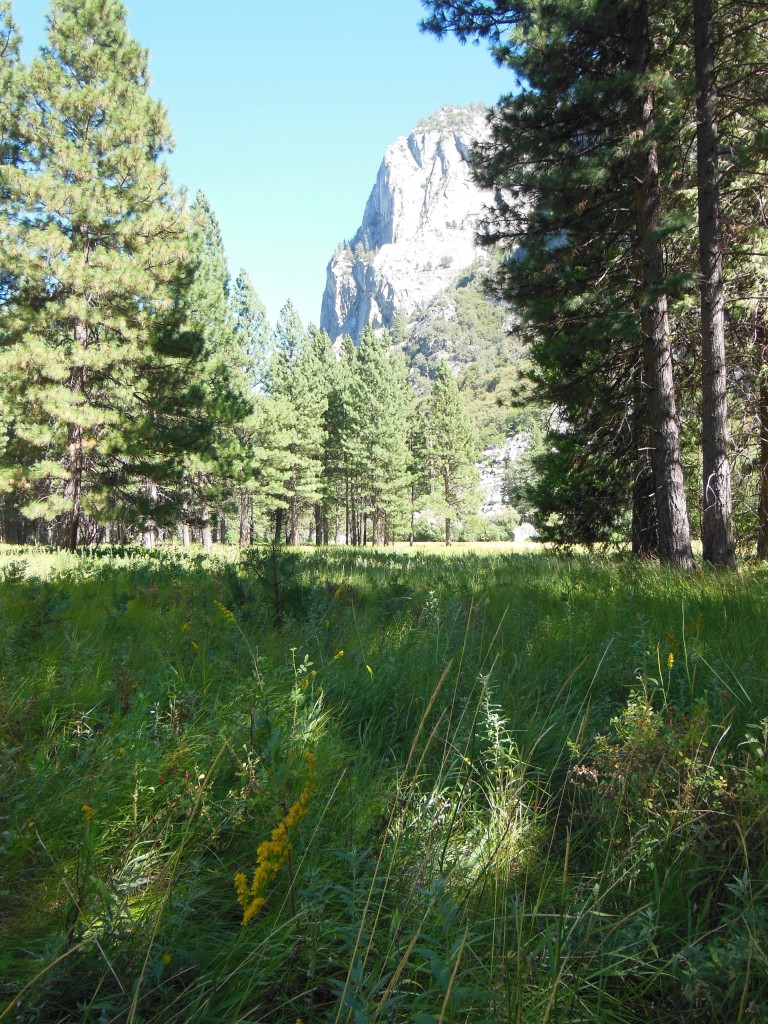 In my last post, I featured spots in Sequoia National Park, but it turns out, Kings Canyon holds its own when it comes to giant sequoias in addition to having gorgeous valleys, granite canyons, and meadows.
In my last post, I featured spots in Sequoia National Park, but it turns out, Kings Canyon holds its own when it comes to giant sequoias in addition to having gorgeous valleys, granite canyons, and meadows.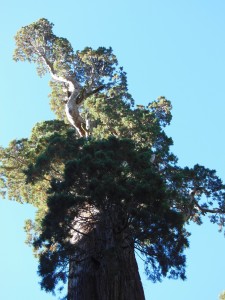
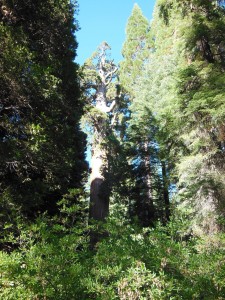
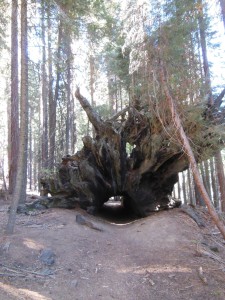
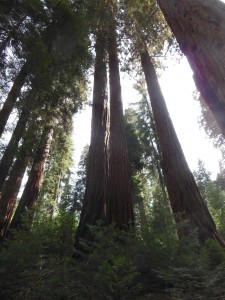
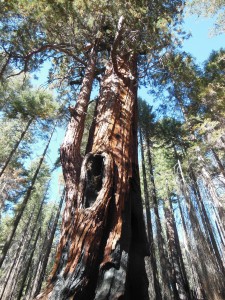
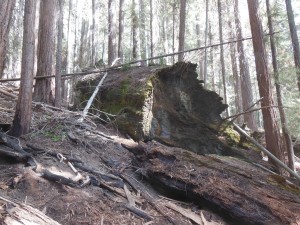
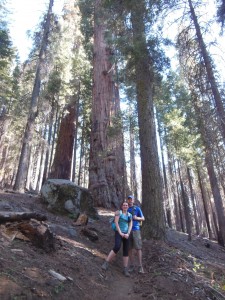
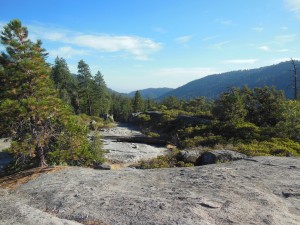
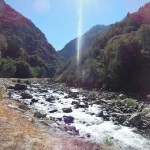 continue East on 180 instead of heading south on the Generals Hwy, you’ll drive down the canyon walls into Cedar Grove and the section of the park that follows the Kings River deeper into Kings Canyon. This area houses the other large campgrounds within Kings Canyon, a visitors center near the campground (where you can find the passport cancellation), and an additional information stand at the aptly named Road’s End. From Road’s End, you can continue on foot 2-3 miles down either side of the river to a bridge. From the bridge, you can return to Road’s End the way you came or down the other side, head up the hill for Mist Falls (apparently “still misting away” this time of year) or head up the Bubb’s Creek Trail to the left.
continue East on 180 instead of heading south on the Generals Hwy, you’ll drive down the canyon walls into Cedar Grove and the section of the park that follows the Kings River deeper into Kings Canyon. This area houses the other large campgrounds within Kings Canyon, a visitors center near the campground (where you can find the passport cancellation), and an additional information stand at the aptly named Road’s End. From Road’s End, you can continue on foot 2-3 miles down either side of the river to a bridge. From the bridge, you can return to Road’s End the way you came or down the other side, head up the hill for Mist Falls (apparently “still misting away” this time of year) or head up the Bubb’s Creek Trail to the left.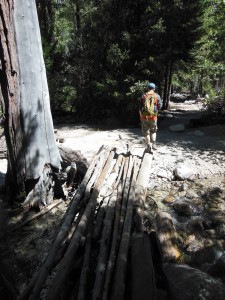
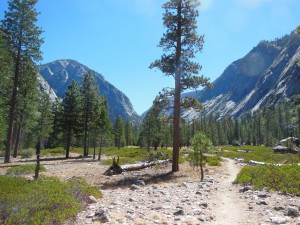
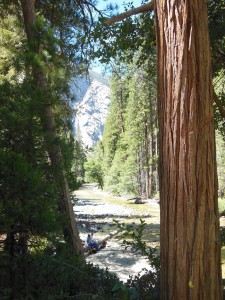
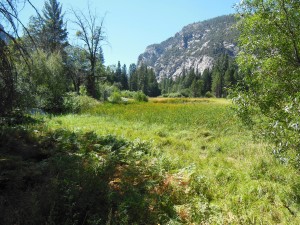
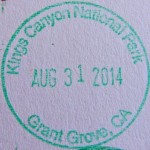

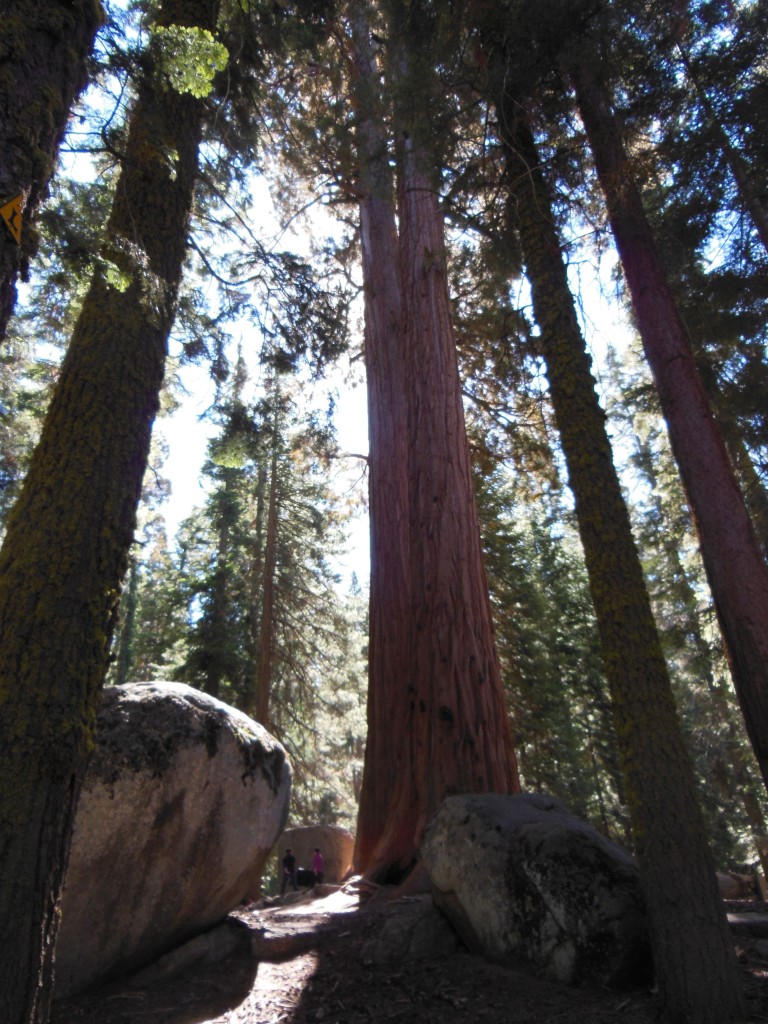 but I finally got a to take a long weekend this summer to visit a new (to me) National Park. Parks actually, since Kings Canyon and Sequoia are two adjacent National Parks managed together. I love the Sierras, and these parks just may rival Yosemite as my favorite NP! There were so many highlights to this trip, that this will have to be a multi-part post.
but I finally got a to take a long weekend this summer to visit a new (to me) National Park. Parks actually, since Kings Canyon and Sequoia are two adjacent National Parks managed together. I love the Sierras, and these parks just may rival Yosemite as my favorite NP! There were so many highlights to this trip, that this will have to be a multi-part post.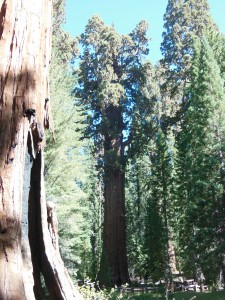
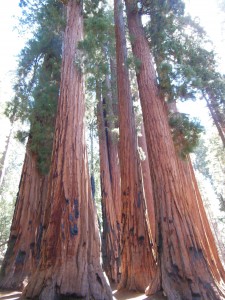

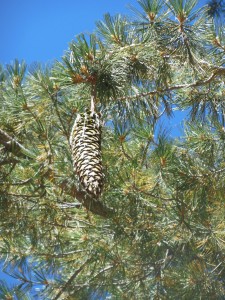
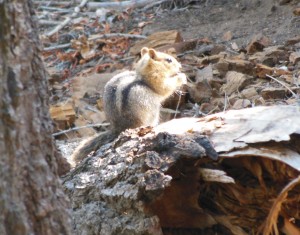
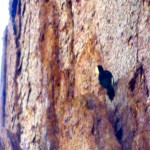
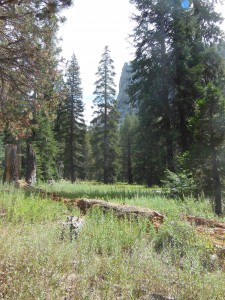 Further into Sequoia National Park is the Lodgepole area, which has a visitor’s center, campground, market, and other facilities. Lodgepole is one of two places where you can get tickets for the Crystal Cave tour (the other is the Foothills VC near the southern entrance), but we didn’t have time for that one this trip. If you do plan to go into the cave, read the current restrictions on clothing and equipment before you go as efforts are underway to prevent the spread of white-nose syndrome from bat colonies in the Eastern US.
Further into Sequoia National Park is the Lodgepole area, which has a visitor’s center, campground, market, and other facilities. Lodgepole is one of two places where you can get tickets for the Crystal Cave tour (the other is the Foothills VC near the southern entrance), but we didn’t have time for that one this trip. If you do plan to go into the cave, read the current restrictions on clothing and equipment before you go as efforts are underway to prevent the spread of white-nose syndrome from bat colonies in the Eastern US.
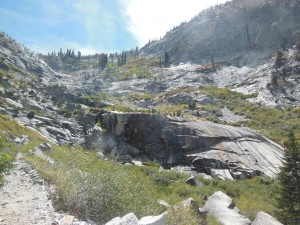
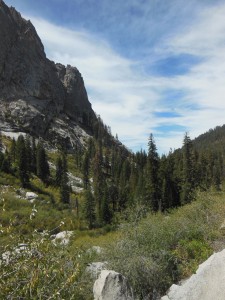
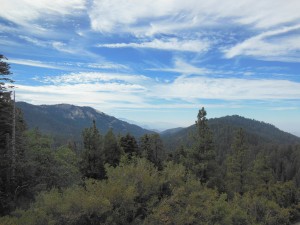
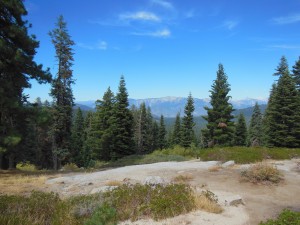
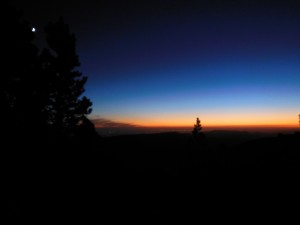
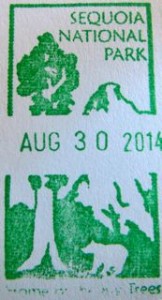
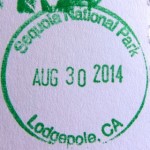
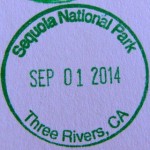
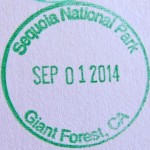
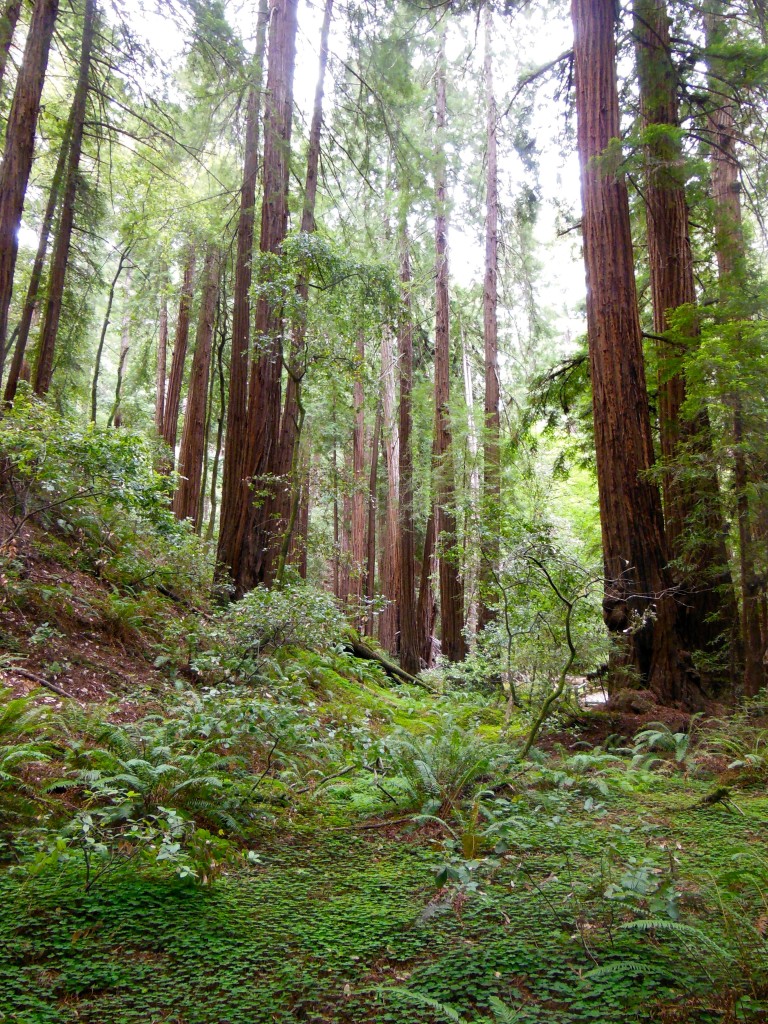
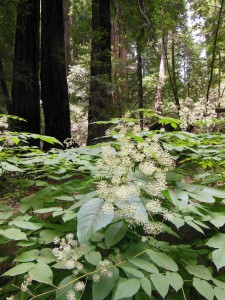 Muir Woods is a beautiful example of a California redwood forest, with coast redwoods lining a shaded creek surrounded by ferns and a blanket of redwood sorrel. Unfortunately, it is also THE place for people touring CA to get a quick giant tree fix, so you get the trees without the tranquility. There are certainly better places to lose yourself in nature, including redwoods, but the scenery is still able to impress (and as you can see, I managed to get a few pictures without people in them!). Other highlights of the Monument (which likely also contribute to its popularity) are the educational programs and the boardwalked trails through the center of the park, which both protect the woods floor while also making the park more accessible to all visitors.
Muir Woods is a beautiful example of a California redwood forest, with coast redwoods lining a shaded creek surrounded by ferns and a blanket of redwood sorrel. Unfortunately, it is also THE place for people touring CA to get a quick giant tree fix, so you get the trees without the tranquility. There are certainly better places to lose yourself in nature, including redwoods, but the scenery is still able to impress (and as you can see, I managed to get a few pictures without people in them!). Other highlights of the Monument (which likely also contribute to its popularity) are the educational programs and the boardwalked trails through the center of the park, which both protect the woods floor while also making the park more accessible to all visitors.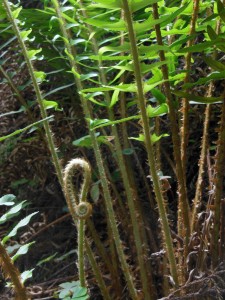
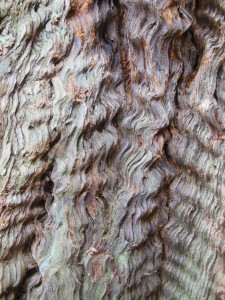
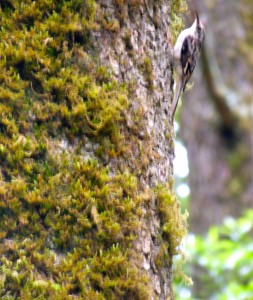
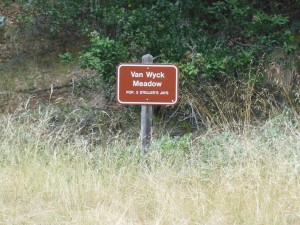 If you must visit Muir Woods during summer weekends (as I apparently had to), it is highly recommended that you take the Muir Woods Shuttle (follow signs from the freeway). Another option if you are planning on doing more than just the boardwalk is to hike into the Woods from Mt. Tamalpais State Park. There are several options here: From the Mountain Home Inn, you can take the Panoramic and Ocean View trails into Muir Woods or follow Alice Eastman Road down to the Plevin Cut and Camp Eastwood trails.
If you must visit Muir Woods during summer weekends (as I apparently had to), it is highly recommended that you take the Muir Woods Shuttle (follow signs from the freeway). Another option if you are planning on doing more than just the boardwalk is to hike into the Woods from Mt. Tamalpais State Park. There are several options here: From the Mountain Home Inn, you can take the Panoramic and Ocean View trails into Muir Woods or follow Alice Eastman Road down to the Plevin Cut and Camp Eastwood trails.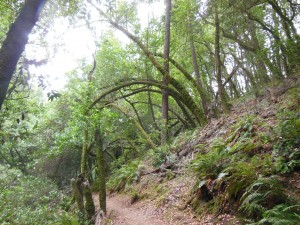 Pantoll Ranger Station, starting with the Stapelveldt and Ben Johnson trails and returning via Bootjack and Alpine. Up at the ranger station, it was all blustery fog and moss-covered trees, but we quickly lost the wind heading down the back side of the hill and had a pretty solitary hike until we got closer to Muir Woods. As you descend, you can see the redwood forest develop as you get further down into the watershed – it’s really quite a nice way to approach! All together, it ended up being about 8 miles and 4 hours, including some meandering about the visitor’s
Pantoll Ranger Station, starting with the Stapelveldt and Ben Johnson trails and returning via Bootjack and Alpine. Up at the ranger station, it was all blustery fog and moss-covered trees, but we quickly lost the wind heading down the back side of the hill and had a pretty solitary hike until we got closer to Muir Woods. As you descend, you can see the redwood forest develop as you get further down into the watershed – it’s really quite a nice way to approach! All together, it ended up being about 8 miles and 4 hours, including some meandering about the visitor’s 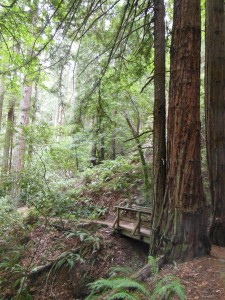 center and a stop on the trail for some lunch.
center and a stop on the trail for some lunch.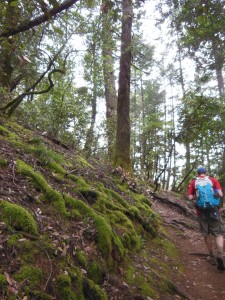 problem with doing the hike this way is that the uphill is all on the way back! Using the TCC trail as a connector, you could do the loop we did from the end of the Muir Woods trail if you prefer to do the uphill first. My fitbit logged 147 flights of stairs – I was highly tempted to go up and down the stairs at my apartment 3 more times when I got home, but my knee was hurting from all the downhill hiking.
problem with doing the hike this way is that the uphill is all on the way back! Using the TCC trail as a connector, you could do the loop we did from the end of the Muir Woods trail if you prefer to do the uphill first. My fitbit logged 147 flights of stairs – I was highly tempted to go up and down the stairs at my apartment 3 more times when I got home, but my knee was hurting from all the downhill hiking.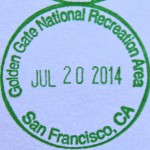
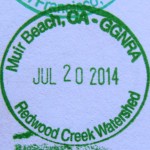
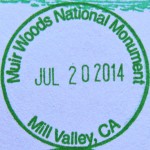
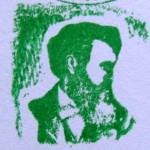
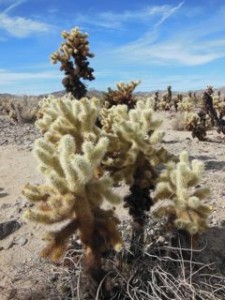 Perhaps because of the sparse nature of the desert and potentially high temperatures, Joshua Tree seemed to be heavy on the shorter interpretive nature trails, with fewer of the longer half-day and day hike options I usually prefer. At least in terms of established trails – you may want to explore backpacking and backcountry hiking options to get further off the main roads. That being said, it was definitely worth checking out some of these nature trails, particularly as first-time visitors. One of my favorites was the Cholla Cactus Garden on the road that heads toward the southern entrance. They really do look like fuzzy teddy bears, but that’s a mistake you don’t want to make. Barker Dam was basically a dirty puddle when we were there, but you can still walk the trail to spot lizards, learn about different desert plants, and, if interested, see the pictographs “enhanced” by old movie crews.
Perhaps because of the sparse nature of the desert and potentially high temperatures, Joshua Tree seemed to be heavy on the shorter interpretive nature trails, with fewer of the longer half-day and day hike options I usually prefer. At least in terms of established trails – you may want to explore backpacking and backcountry hiking options to get further off the main roads. That being said, it was definitely worth checking out some of these nature trails, particularly as first-time visitors. One of my favorites was the Cholla Cactus Garden on the road that heads toward the southern entrance. They really do look like fuzzy teddy bears, but that’s a mistake you don’t want to make. Barker Dam was basically a dirty puddle when we were there, but you can still walk the trail to spot lizards, learn about different desert plants, and, if interested, see the pictographs “enhanced” by old movie crews.